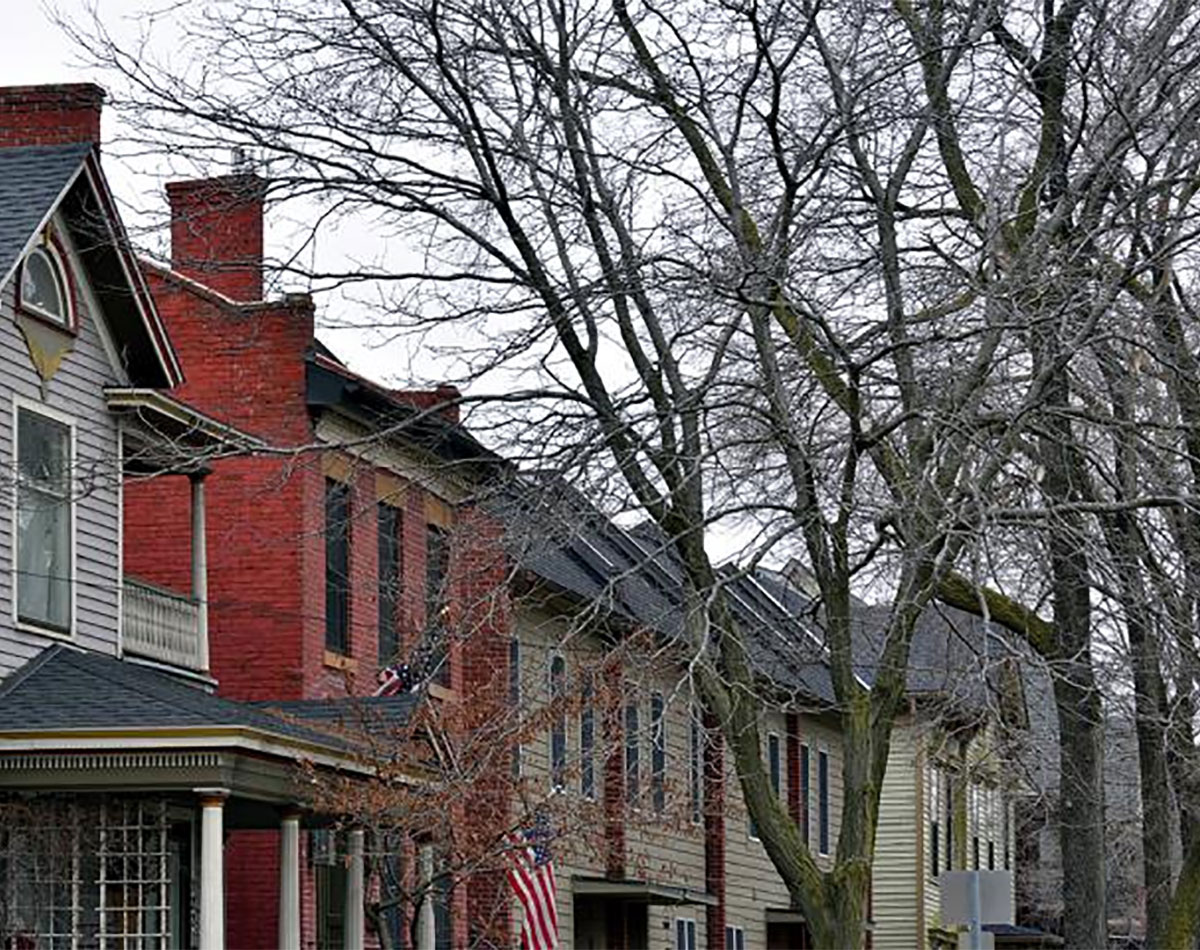As the climate crisis intensifies, we see the ways in which its worst impacts—from extreme heat to record-breaking storms—affect low-income communities and communities of color first and worst. These climate impacts exacerbate the systemic harms these communities have faced as a direct result of centuries of institutionalized discrimination. That discrimination has taken the form of processes like redlining, or refusing loans to certain communities, which in turn has contributed to subpar infrastructure and left these redlined neighborhoods with heightened vulnerability to climate-related harms.
When President Biden took office, he signed an executive order committing to a whole-of-government approach to combating the climate crisis, and specifically directed federal financial regulators to address how the climate crisis impacts financial stability and the economic security of every American. As we continue to experience record-breaking temperatures, droughts, wildfires, and flooding, it is more important than ever to ensure that the full power of the federal government and its regulatory agencies is deployed to protect the country’s most vulnerable communities from the worst effects of the climate crisis.
Of the numerous tools federal financial regulators have to achieve this aim, one particularly important law is often overlooked. The Community Reinvestment Act (CRA) is a landmark civil rights law passed in 1977 in response to the banking industry’s continued failure to fairly serve low-income communities and communities of color. The law was intended to compel the banking industry to remedy its failures, which had persisted—by design—for decades. The central directive of the law required banking regulators to ensure that banks provided adequate access to credit and services to all parts of a community, regardless of wealth or income. In the nearly 50 years since its passage, the CRA has driven trillions of dollars in lending to low-income communities.
Unfortunately, thus far, the CRA has only tacitly addressed issues of environmental racism and climate change. Now, federal banking agencies are seeking feedback on updated regulations for the implementation of this law, presenting an important opportunity for federal agencies to finally direct investment in climate resilience and ensure our country’s most vulnerable communities are protected from the worst effects of the climate crisis.
Proposed updates to the CRA regulations
While the proposed updates to the CRA regulations provide welcome detail on additional compliance rules for banks, they are missing one essential component: climate as a primary element. This is a key missed opportunity: If leveraged correctly, the updated CRA regulations can be a critical tool not only for reducing the racial wealth gap, but also for advancing racial equality, mitigating climate risk, uplifting vulnerable communities, and ensuring no communities are left behind in the transition to a sustainable and clean energy economy.
There are three main ways federal regulators could use their authority under updated CRA regulations to make this happen:
- Identify and target the most climate-vulnerable communities: Federal regulators have access to a wealth of data—including race, climate, and environmental justice indicators—which can help them identify the communities most vulnerable to climate change. By identifying these communities specifically, regulators can use their authority under updated CRA regulations to drive investments into these communities. It is especially important for regulators to specifically identify race as a metric—and not just income, which is the current metric—in order to ensure those in formerly redlined areas have improved access to credit.
- Drive green investments: The CRA already supports community development, which allows for investments that “revitalize” or “stabilize” communities. Updated CRA regulations should allow low- and moderate-income communities to choose to make investments to improve their climate resiliency, through investments in climate-related activities. This could include workforce training and job creation through local solar or wind development, or energy-efficient, affordable housing that facilitates benefits for residents such as savings on utility bills.
- Penalize bank investments that contribute to climate change: Perhaps the most important thing bank regulators can do under the authority of updated CRA regulations is to push banks away from making investments in the companies and projects making the climate crisis worse. It’s no secret that banks are bankrolling climate change by pouring billions into fossil fuels every year, while the impacts of the fossil fuel industry’s air, water, and climate pollution fall disproportionately on low- and moderate-income communities and communities of color. Thankfully, under the authority granted by the CRA, regulators can scrutinize and penalize banks investing in these industries.
The banking sector has repeatedly shown it can't be trusted to do the right thing without regulatory intervention, including during the financial crisis of 2007-2008 when the industry’s recklessness had an outsized impact on low-income communities and communities of color. It is important for federal regulators to use their authority—including updates to the regulations in critical laws like the CRA—to ensure this doesn't happen again.
As marginalized communities continue to face the worst impacts of the climate crisis, we need to ensure that banks stop financing the extractive industries that are making it worse – and start investing instead in climate resilience and environmental justice.
